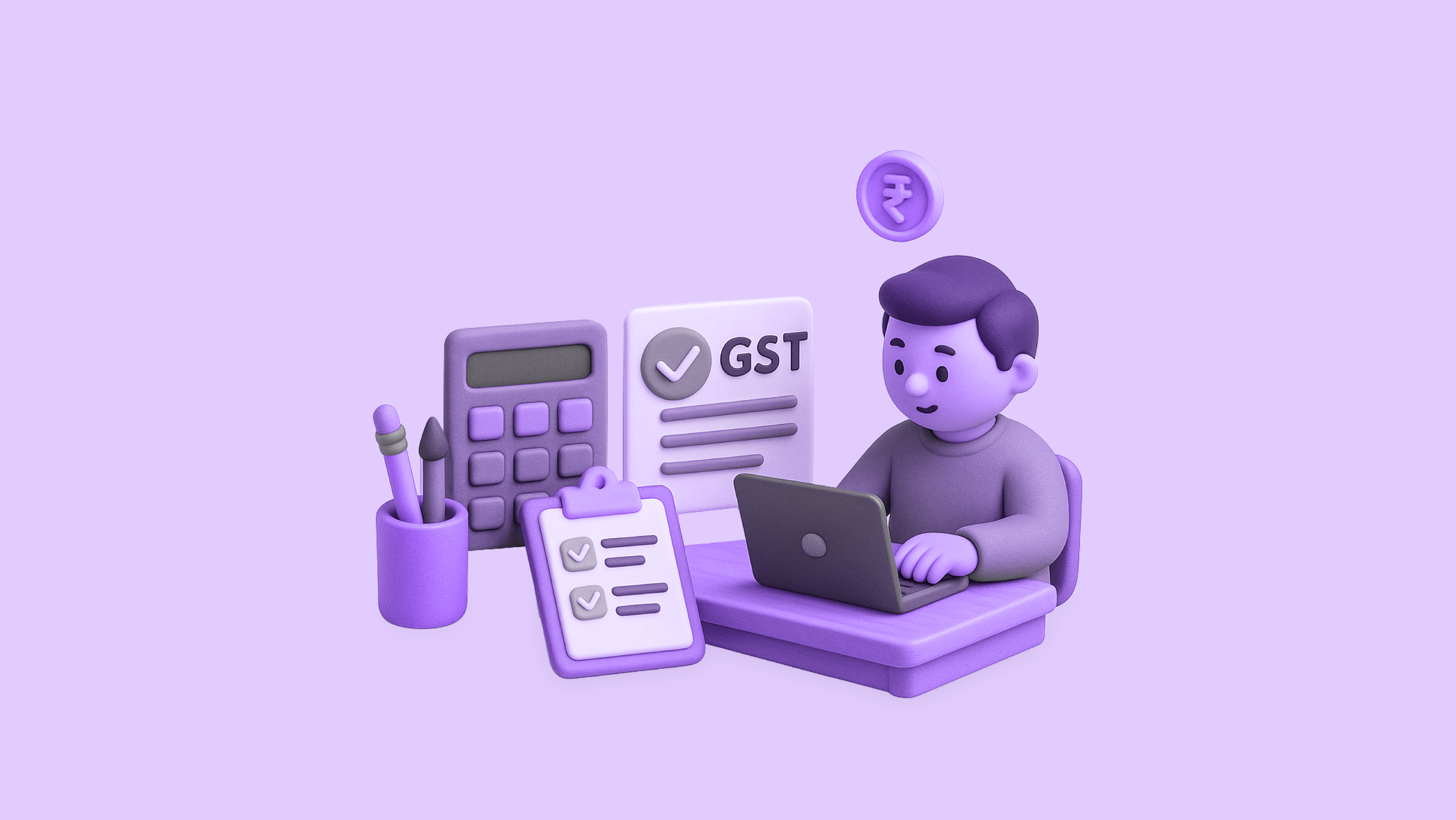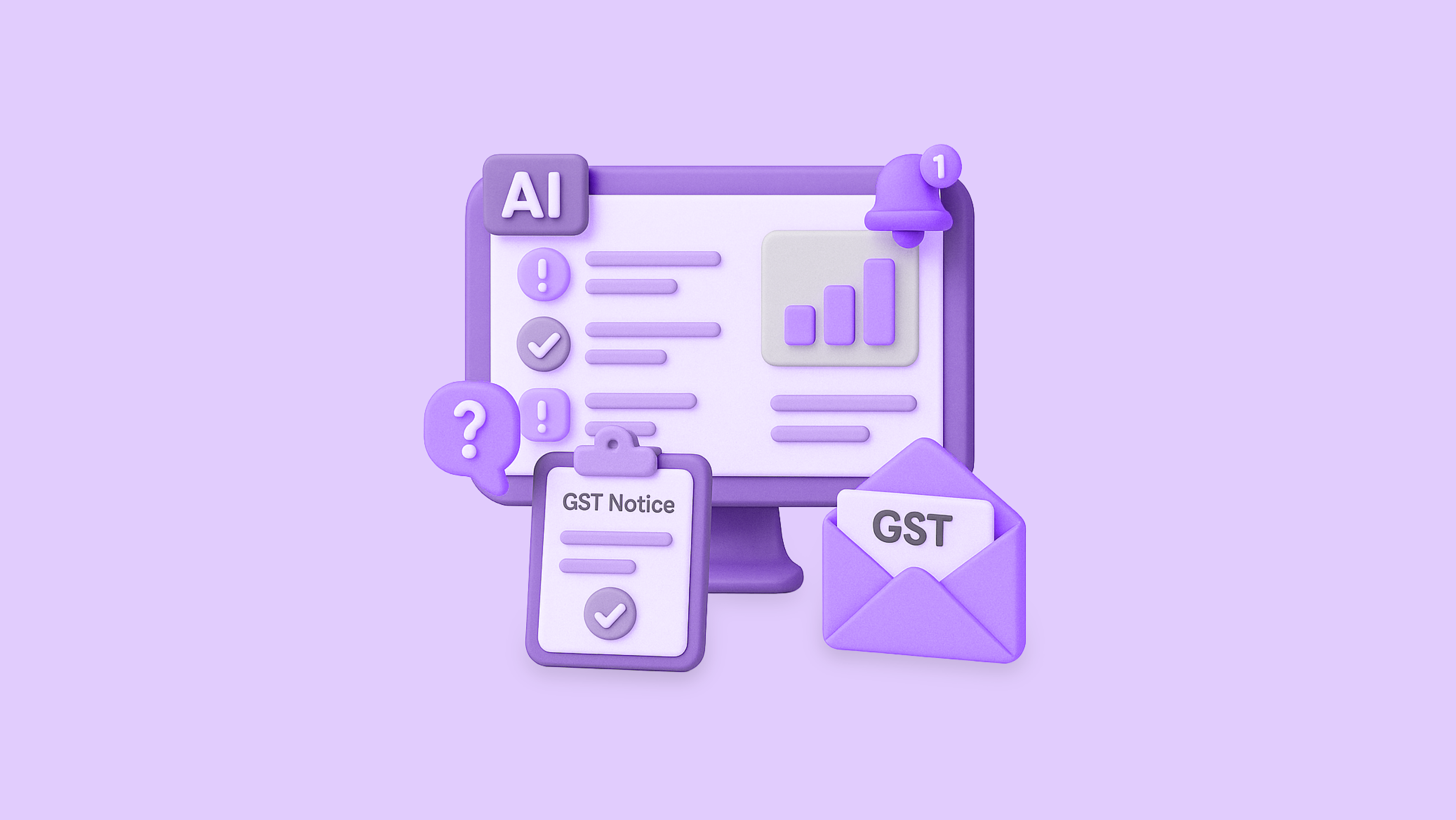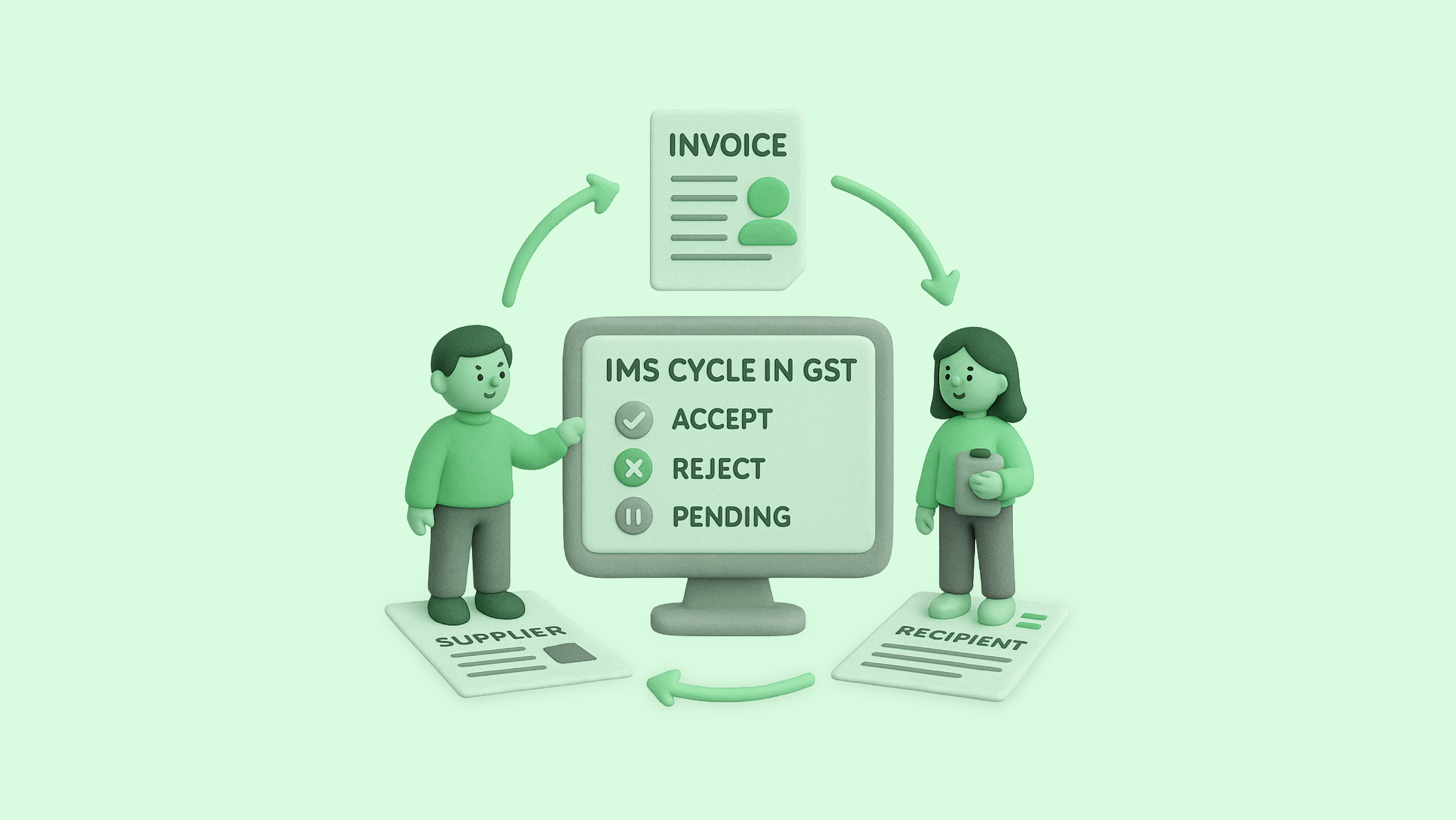Cloud-based GST filing software helps finance teams file accurately and on time, collaborate across locations, and stay compliant with frequent regulatory changes. Because updates are deployed centrally, there is no downtime for patches or manual installations. Secure and scalable GST filing solutions also absorb month-end and due-date traffic spikes without additional hardware or IT overhead. When combined with strong security practices such as encryption, role-based access, multi-factor authentication, VAPT, and India data residency, cloud-based GST filing for businesses becomes both dependable and future-ready.
Why Cloud-Based GST Filing Now
GST compliance has grown more data-intensive and time-sensitive. Multi-state businesses manage several GSTINs, handle large volumes of invoices, and work with distributed teams. A cloud platform centralizes data, standardizes workflows, and ensures that new GST rule changes are reflected immediately, so finance teams can focus on analysis rather than firefighting.
What “Cloud-Based GST Filing” Actually Means
A cloud-based GST platform is a secure web application hosted in professionally managed data centers. Users log in from any location to prepare and file returns such as GSTR-1, GSTR-3B, IFF for QRMP, GSTR-6/7/8, and GSTR-9/9C. The system typically includes automated reconciliation against GSTR-2B, role-based approvals, audit trails, and portfolio dashboards for multiple GSTINs or clients. Because the application runs in the cloud, updates are rolled out universally without any manual steps at the customer’s end.
The Business Case: Proven Benefits of Cloud-Based GST Filing Software
- Faster preparation with fewer errors. The platform automatically ingests GSTR-2B, purchase registers, and vendor masters, then highlights mismatches, blocked credits, and place-of-supply issues so teams can resolve exceptions quickly.
- Real-time collaboration across locations. Accountants, reviewers, and tax managers can work simultaneously with clear maker–checker controls and time-stamped comments, which keeps returns moving to the deadline.
- Always up to date with regulations. Schema changes and validation rules are deployed centrally, which eliminates patch cycles and minimizes the risk of filing with outdated formats.
- Consistent governance and audit readiness. Every change is logged with user, timestamp, and context, so audit responses are faster and more complete.
- Lower total cost of ownership. There are no servers to purchase or maintain, and capacity scales automatically during filing peaks, which reduces capital expenditure and IT overhead.
Security: How Cloud Platforms Protect GST Data
Security is fundamental to any secure and scalable GST filing solution. A mature provider should demonstrate controls at every layer.
Data Protection
- All data in transit is protected with modern TLS, and all data at rest is encrypted.
- Sensitive fields, such as PAN and GSTIN, can be additionally protected with field-level encryption.
- India data residency ensures compliance with local requirements and improves performance for Indian users.
Identity and Access
- Role-based access control enforces least-privilege permissions for each user role.
- Multi-factor authentication and, where required, SSO via SAML/OIDC provide stronger identity assurance.
- Session management, device checks, and IP allow-listing reduce the risk of unauthorized access.
Application and Infrastructure Security
- Regular Vulnerability Assessment and Penetration Testing (VAPT) helps identify and remediate weaknesses.
- A web application firewall, rate-limiting, and bot protection reduce common attack vectors.
- A secure development lifecycle with code reviews and dependency scanning minimizes supply-chain risks.
Compliance and Assurance
- Independent certifications such as ISO 27001 and SOC 2 demonstrate the provider’s ongoing commitment to security and controls.
- Immutable, exportable audit logs provide clear evidence for internal reviews and external audits.
Business Continuity
- Encrypted backups are taken frequently, and restores are tested as part of disaster-recovery drills.
- Documented RPO/RTO targets align the platform’s recovery promises with your internal continuity plans.
Scalability and Reliability: Built for Due-Date Surges
Filing volumes are not linear. They spike before due dates and quarter-ends. A cloud-native system scales resources automatically, which keeps performance stable during peak traffic. High-availability design and multi-availability-zone deployments reduce downtime risk. Queue-based job processing ensures that bulk operations such as e-invoice generation or large 2B reconciliations are completed predictably, even when thousands of records are in flight.
Architecture Patterns That Matter
- Multi-tenant isolation. Each customer’s data is logically isolated, but the shared platform lets everyone benefit from continuous improvements.
- Microservices. Independent services handle reconciliation, filings, and e-invoicing, so each area can scale without affecting the others.
- Event-driven data flows. Ingestion, validation, and transformation steps run as reliable pipelines, which makes processing large datasets dependable.
- Idempotent submission APIs. Retries do not create duplicates, so teams can file at scale without worrying about double entries.
- Zero-downtime releases. Frequent updates land without interrupting users or delaying filings.
Cloud vs. On-Premise: Cost and Time to Value
On-premise deployments demand servers, power, storage, and a disaster-recovery site. They also require capacity planning, patching, and specialized staff to keep systems secure and current. In contrast, cloud GST filing for businesses provides elastic resources on demand and predictable subscription pricing. Most organizations see faster go-lives, simpler upgrades, and measurable reductions in IT overhead.
What “Good” Looks Like for Multi-GSTIN and Multi-Entity Operations
A strong GST platform makes complex portfolios manageable.
- A single portfolio dashboard shows every GSTIN or client with return-wise status, so leaders can see progress at a glance.
- AI-assisted ITC reconciliation compares GSTR-2B with purchase registers, flags exceptions vendor-wise, and applies eligibility logic consistently.
- Bulk operations enable teams to validate and file for many entities efficiently, with consistent workflows and approvals.
- State-wise controls allow access by jurisdiction and ensure that only the right people can file or approve for each registration.
- Comprehensive audit trails store ARNs, challans, attachments, and activity history for each GSTIN, which shortens audit cycles.
Integrations: ERP, AP, and Banking
Cloud platforms work best when they are connected to your finance stack.
- ERP connectors for systems such as Tally, SAP, Oracle, and Zoho streamline two-way sync for vendor masters, purchase registers, and credit notes.
- AP automation integrations reduce duplication by feeding OCR-captured invoices and approved bills directly into reconciliation and filings.
- APIs and webhooks push filing statuses into dashboards and BI tools, so leadership has live visibility without manual exports.
Implementation Roadmap You Can Trust
Most organizations move from discovery to go-live in a few weeks, depending on scope and integrations.
- Discovery and data audit. Confirm entities, returns, current ITC practices, and ERP landscape.
- Security and access design. Configure roles, enable MFA/SSO, and set IP or device policies where needed.
- Integrations and mapping. Connect ERPs, validate data models, and test in a sandbox.
- Data migration. Bring in vendor masters, opening balances, and historical documents if required.
- Workflow setup. Implement maker–checker paths, review queues, and state-wise groups.
- Parallel run. Complete at least one filing cycle in shadow mode and resolve any gaps.
- Go-live and hypercare. Monitor SLAs, track KPIs, and establish clear support channels.
Post-Go-Live KPIs to Track
- Average preparation time per return.
- Percentage of on-time filings.
- Reconciliation mismatch rate and its trend over time.
- ITC realized versus ITC eligible.
- Manual touchpoints per GSTIN per cycle.
- End-to-end cycle time from invoice capture to GSTR-3B impact.
- Number of audit observations and time to closure.
These metrics give a balanced view of speed, accuracy, and control.
Frequently Asked Questions
Is a cloud platform secure enough for enterprise use?
Yes. With encryption, RBAC, MFA or SSO, VAPT, certifications such as ISO 27001/SOC 2, and India data residency, a cloud platform can meet stringent enterprise standards.
Can we handle QRMP and monthly filings together?
Yes. A mature system supports both approaches and handles IFF nuances, differential workflows, and consolidated dashboards.
How quickly can we go live?
Simple portfolios without deep integrations can go live in days. Complex, multi-entity setups with ERP integrations typically require a few weeks, including a safe parallel run.
Will it work with our ERP?
Modern platforms provide connectors and APIs for common ERPs and also support flat-file imports where needed.
How Optotax (by OPEN) Delivers Secure and Scalable GST Filing
Optotax is designed for CAs and finance teams that manage multiple entities and registrations.
- It provides AI-assisted ITC reconciliation against GSTR-2B.
- It supports fast and accurate filings for GSTR-1 and GSTR-3B, with consistent validations.
- It enables bulk actions and portfolio dashboards for multi-GSTIN and multi-client operations.
- It enforces role-based workflows and complete, exportable audit trails.
- It is built with enterprise-grade security, including encryption in transit and at rest.
Outcome: Organizations file on time, maximize eligible ITC, and standardize controls without increasing IT staffing or hardware.
If you want a walkthrough specific to your ERP and entity structure, book a 15-minute demo with our team here.





